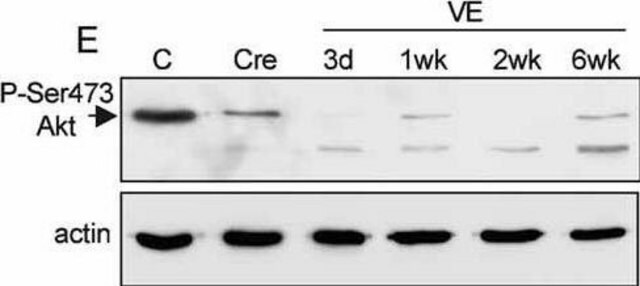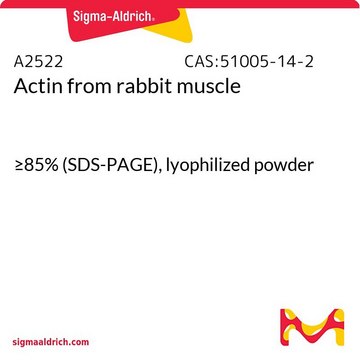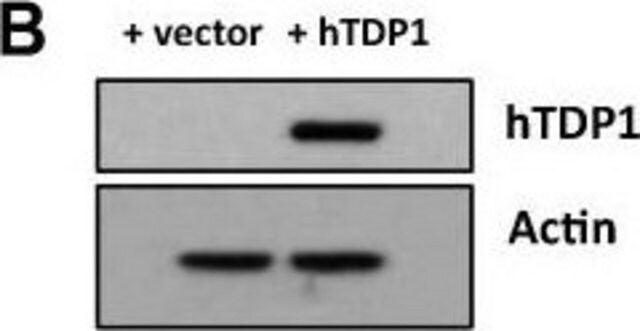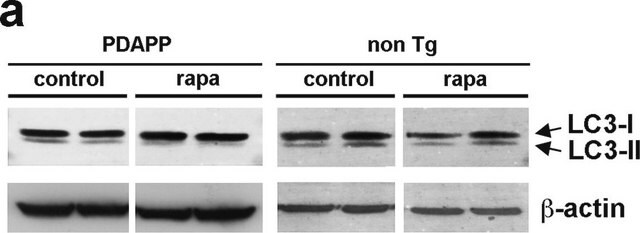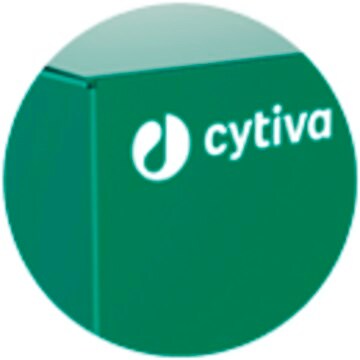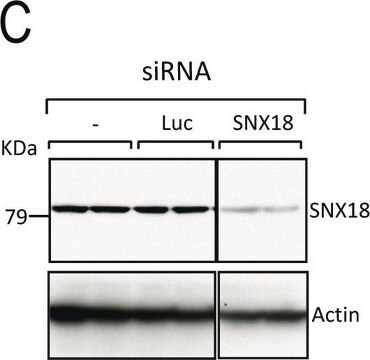A5060
Anti-Actin (20-33) antibody produced in rabbit

IgG fraction of antiserum, buffered aqueous solution
Sinónimos:
Anti-ACTA
About This Item
Productos recomendados
origen biológico
rabbit
Nivel de calidad
conjugado
unconjugated
forma del anticuerpo
IgG fraction of antiserum
tipo de anticuerpo
primary antibodies
clon
polyclonal
formulario
buffered aqueous solution
mol peso
antigen 42 kDa
reactividad de especies
wide range (animal), invertebrates
envase
antibody small pack of 25 μL
validación mejorada
independent
Learn more about Antibody Enhanced Validation
técnicas
immunohistochemistry (formalin-fixed, paraffin-embedded sections): suitable using chicken or rat tissue sections
indirect immunofluorescence: 1:200 using cultured human fibroblasts
microarray: suitable
western blot: 1:250 using using rat brain or chicken muscle extracts
Condiciones de envío
dry ice
temp. de almacenamiento
−20°C
modificación del objetivo postraduccional
unmodified
Información sobre el gen
human ... ACTA1(58)
mouse ... Acta1(11459)
rat ... Acta1(29437)
Descripción general
The antibody shows a broad reactivity among actin isoforms and across a range of organisms. It specifically stains typical stress fibers in cultured cells using an indirect immunofluorescent labeling technique and can be used as a probe of the N-terminal region of actin.
Especificidad
Inmunógeno
Aplicación
Acciones bioquímicas o fisiológicas
Forma física
Almacenamiento y estabilidad
Otras notas
Cláusula de descargo de responsabilidad
¿No encuentra el producto adecuado?
Pruebe nuestro Herramienta de selección de productos.
Código de clase de almacenamiento
10 - Combustible liquids
Clase de riesgo para el agua (WGK)
WGK 2
Certificados de análisis (COA)
Busque Certificados de análisis (COA) introduciendo el número de lote del producto. Los números de lote se encuentran en la etiqueta del producto después de las palabras «Lot» o «Batch»
¿Ya tiene este producto?
Encuentre la documentación para los productos que ha comprado recientemente en la Biblioteca de documentos.
Los clientes también vieron
Nuestro equipo de científicos tiene experiencia en todas las áreas de investigación: Ciencias de la vida, Ciencia de los materiales, Síntesis química, Cromatografía, Analítica y muchas otras.
Póngase en contacto con el Servicio técnico



